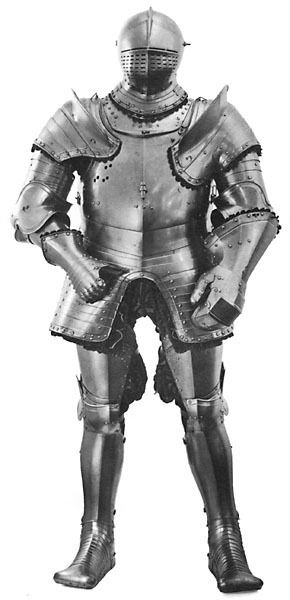A dysfunction occurs when a structure or region is not able to perform its intended function. The presentation of dysfunction syndromes are a daily occurrence for Remedial massage therapists, as they deal with the assessment and treatment of soft tissue dysfunctions that cause pain and restrict human movement. When assessing a client or a dysfunctional area, there maybe neuromuscular changes. Such changes may signal that the body has made 'an attempt' to adapt and adjust to the multiple and varied stressors placed upon it over time. In the soft tissue structures of the body, the results of mechanical and postural stressors combined with emotional stressors can be seen and felt as a haphazard region of shortened, bunched, fatigued and ultimately, fibrous tissue.
And what causes soft tissue dysfunction?
How long is a piece of string? The factors that lead to soft tissue dysfunction are many and varied - here's just a few:
- Congenital and inborn factors - short or long leg, small hemi pelvis.
- Overuse, mususe and abuse factors - injury, inappropriate or repetitive pattern of use in work, sport or regular activities.
- Immobilisaton and disuse.
- Postural stress patterns.
- Chronic negative emotional stress - depression and anxiety.
- Reflaxive influences - trigger points.
Postural and emotional influences on musculoskeletal dysfunction
Did you know that emotional changes are mirrored by muscular changes? The use of the body as a metaphor for emotional feelings is well documented. Emotions of fear, anger, excitement, anxiety or depression are known to produce altered muscular postures and patterns. What happens to our musculature when we are stressed or afraid? It twitches and shakes! There is a close relationship between habitual tension patterns and posture, and psychological attitudes and conflicts.
Muscle 'armouring' is a concept that states that the emotional disorders of a person are reflected in their body structures.
For exmaple, those with repressed feelings commonly have hard, rigid and permanently contracted muscles in certain areas of their body. Such rigid musculature is likened to the armour of a medieval knight, hence the term 'armouring'. While the steel armour of the knight had the purpose of protecting him against physical aggression, the muscle armour serves to protect us against emotional aggression.
Not yet convinced that contracted muscles may have their origins in how we fee? Think about this - have you ever observed yourself become tense when you are apprehensive? What about when you are at ease - ever felt your muscles in a relaxed, 'blissed out' state? When we sense pain and experience fear of 'attack', our muscles automatically tense to protect or 'armour' us (think of getting that whack on the back-side from your parents when you were young...) Often when we do this we hold our breath too!
What we have described are normal and automatic body reflexes designed to diminish the expected feeling of pain. At times we use the same mechanism if we want to diminish feelings for other reasons. Think of an infant who does not want to be seperated from their mother - they tense up and hold their breath, their muscles may shake and they may turn blue from lack of oxygen!
If we are exposed to repeated fear responses the muscles that tense may gradually become permanent, abnormal contractions! Our muscle armouring becomes stronger and stronger with advancing age because we tend to repeat our set behaviour pattern over and over again. This then forms our distinctive facial feature, our body structures and our increasing rigidity. There are. of course, other factors that contribute to shaping our body and making it more inflexible, such as heredity, nutrition and occupational muscle use, but you can learn a great deal about a person by looking at their, appearance and gait.



